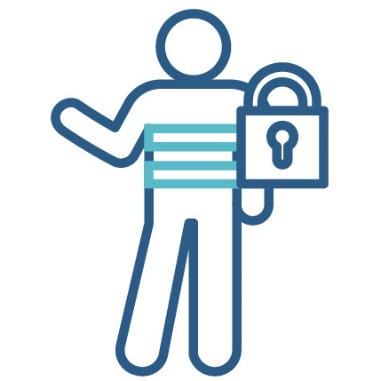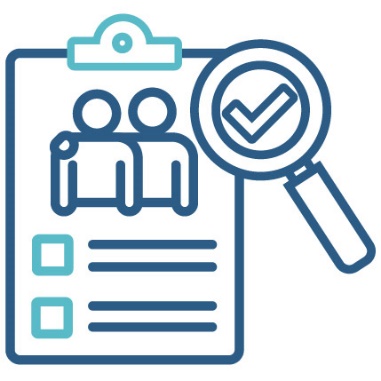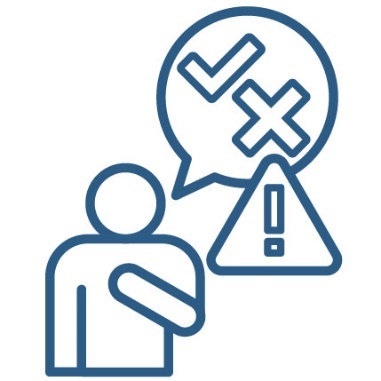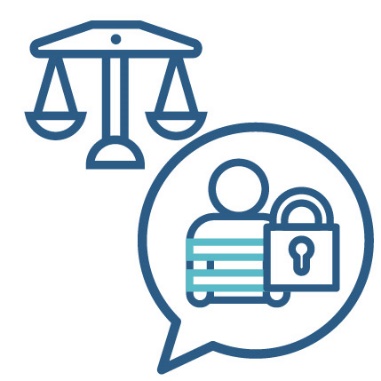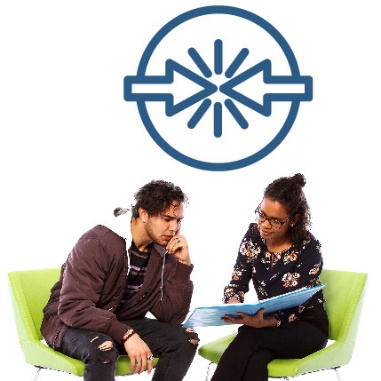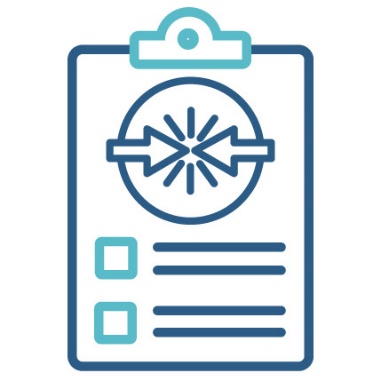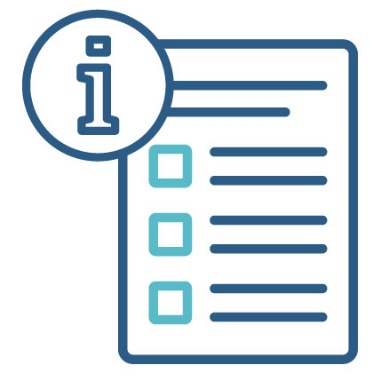About external behaviour support practitioners
|
|
In this bulletin, we talk about what external behaviour support practitioners do. |
|
|
External behaviour support practitioners are people that:
In this bulletin, we just call them external practitioners. |
|
|
A Quality Assurance Panel is a group of people who check behaviour support plans. They decide if the restrictive practice can happen. They follow the rules in our policy about restrictive practices. |
|
|
A behaviour support plan is a document that explains what support a person with disability needs. |
What external practitioners do
|
|
External practitioners work on Quality Assurance Panels to:
|
|
|
To do this, they work with the senior manager of the provider who will use the behaviour support plan. |
|
|
External practitioners don’t help make behaviour support plans. |
|
|
And they don’t work for the provider who will use the behaviour support plan. |
|
|
They must follow the rules in our policy. |
Checking behaviour support plans
External practitioners work to make sure that behaviour support plans: |
|
|
|
|
|
|
|
|
|
They make sure behaviour support plans explain that providers must try other ways before they use restrictive practices. |
|
They also make sure behaviour support plans explain that providers must only use restrictive practices: |
||
|
|
|
|
|
|
|
|
|
|
|
|
|
|
|
|
External practitioners must make sure the behaviour support plan includes: |
|
|
|
|
|
|
|
|
|
|
|
|
External practitioners need to make sure the person with disability has helped to create their behaviour support plan. |
|
|
For example, they need to make sure that a person with disability has had their say about what support they need. |
|
|
This information helps external practitioners decide if a restrictive practice can happen. |
External practitioners must: |
|
|
|
|
|
|
|
|
|
|
|
|
Principles are important ideas that we should always think about. |
|
|
These principles help external practitioners decide if a restrictive practice can happen. |
|
|
External practitioners must use evidence to make their decisions. Evidence is proof that something is true. |
|
|
They should not let anything else affect the way they make their decisions. |
Conflict of interest
|
|
A conflict of interest is when someone could affect a decision so the result is better for them. |
|
|
Quality Assurance Panel members should not have any conflicts of interest when they check a behaviour support plan. |
|
|
External practitioners should only make fair decisions about if a restrictive practice can happen. |
|
|
For example, it would be a conflict of interest if an external practitioner helped make a behaviour support plan. |
|
If an external practitioner thinks there might be a conflict of interest, they must: |
|
|
|
|
|
|
|
|
|
The senior manager must write a report after the Quality Assurance Panel meeting. |
|
|
They must include any conflicts of interest in this report. And they must include what the external practitioner did to deal with the conflict of interest. |
|
|
We wrote some Easy Read information about:
|
|
|
You can find this information in bulletin 6 on our website. wa-doc.easyread.com.au/our-rules-about-restrictive-practices-issue-6/ |















